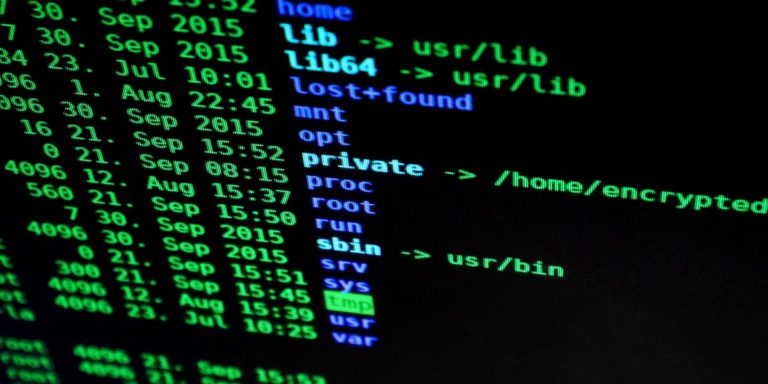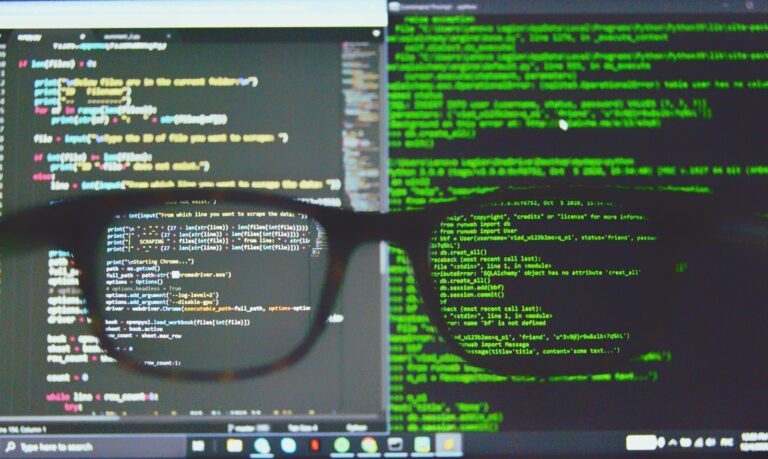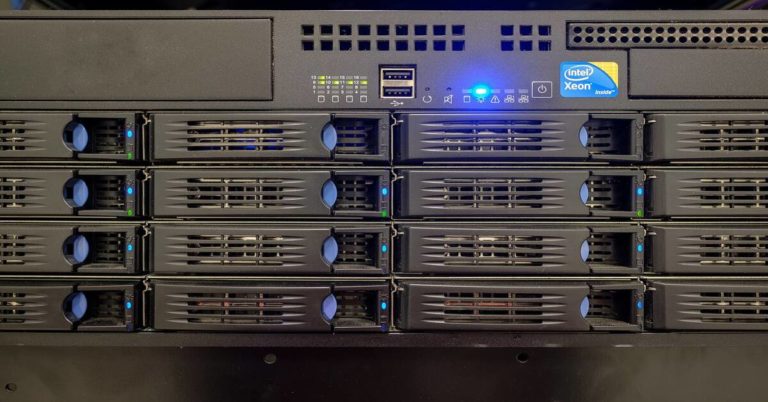What is a Programming Language?
A programming language is a formal language that is used to write instructions that can be executed by a computer. These instructions, known as code, are written in a specific syntax that follows certain rules and conventions. This allows computers to understand and execute the instructions in a consistent and predictable manner.
There are many different programming languages, each with its own unique features and capabilities. Some of the most popular programming languages include C, C++, C#, Java, Python, and JavaScript. These languages are used for a wide range of purposes, from building websites and mobile apps to creating software and operating systems.
One of the main advantages of using a programming language is that it allows for efficient and precise communication with a computer. By using a programming language, developers are able to provide detailed instructions to a computer in a way that it can understand and execute. This allows for the creation of complex and sophisticated programs and applications that can perform a wide range of tasks.
Another advantage of programming languages is their ability to abstract complex processes and make them more manageable. By using a programming language, developers can break down a complex problem into smaller, more manageable parts, making it easier to write code and solve the problem. This allows for efficient and effective problem-solving and can make the development process faster and more efficient.
Overall, programming languages are an essential part of the field of computer science. They allow for efficient communication with computers, facilitate the creation of complex programs, and make it possible to solve complex problems in an efficient and effective manner.
Types of programming languages are discussed in the video below.






